Non-Binary Identities in Popculture
Identifying Non-Binary
Rising visibility of trans and non-binary identified public figures in recent years mirrors the self-disclosures among the general population, helping to pave the way for much-needed research and insight.
Rising visibility of trans and non-binary identified public figures in recent years mirrors the self-disclosures among the general population, helping to pave the way for much-need research and insight.
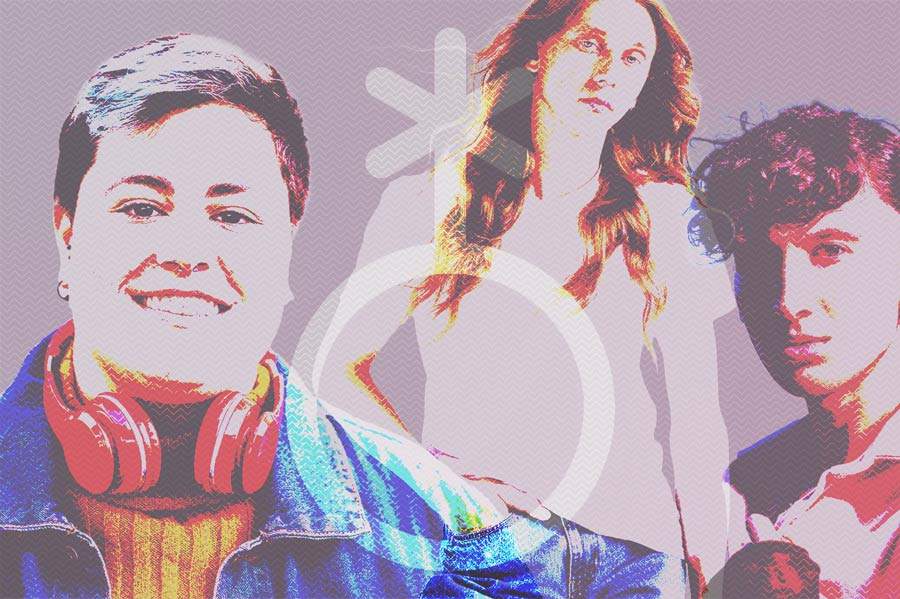
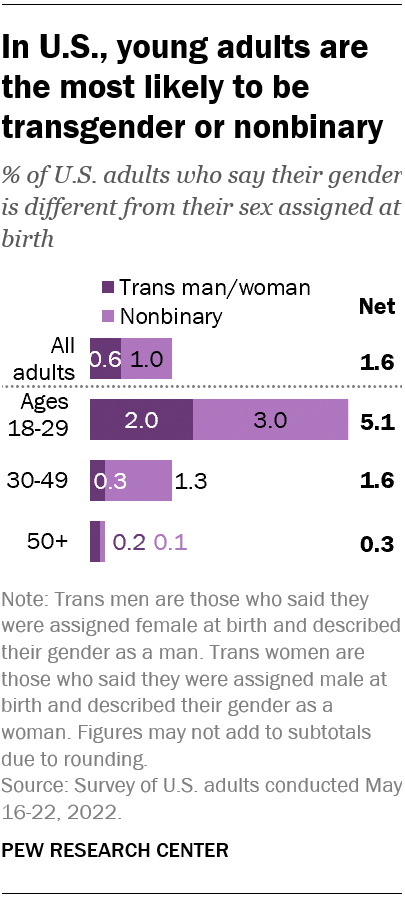 In case you didn’t know, Gender Wellness of Los Angeles is (way) Over the Binary. In a different way, that same feeling has been expressed by many celebrities over the last few years. Pop music star Demi Lovato came out as non-binary “after a lot of healing & self-reflective work.” Emma Corrin, who portrayed Princess Diana on Season 5 of Netflix’s The Crown, Jonathan Van Ness of Queer Eye fame, actor/singer Janelle Monáe (also identifies as pansexual), singer Sam Smith, supermodel Cara Delevingne, actor Elliot Page (also identifies as trans), and Grey’s Anatomy star Sara Ramirez have publicly stated the same. These individuals are a relative few of the rich and famous who, now, proudly identify as “non-binary” — an upward trend that’s also reflected in the general population. Our non-binary friends, family, and strangers are sharing their perspectives and experiences and it’s time to listen.
In case you didn’t know, Gender Wellness of Los Angeles is (way) Over the Binary. In a different way, that same feeling has been expressed by many celebrities over the last few years. Pop music star Demi Lovato came out as non-binary “after a lot of healing & self-reflective work.” Emma Corrin, who portrayed Princess Diana on Season 5 of Netflix’s The Crown, Jonathan Van Ness of Queer Eye fame, actor/singer Janelle Monáe (also identifies as pansexual), singer Sam Smith, supermodel Cara Delevingne, actor Elliot Page (also identifies as trans), and Grey’s Anatomy star Sara Ramirez have publicly stated the same. These individuals are a relative few of the rich and famous who, now, proudly identify as “non-binary” — an upward trend that’s also reflected in the general population. Our non-binary friends, family, and strangers are sharing their perspectives and experiences and it’s time to listen.
According to a 2022 Pew Research study, 3% of young adults under 30 (years-old) identify as non-binary. The same study found that 20% of the U.S. population know someone who is non-binary. This analysis is based on a survey of 10,188 U.S. adults conducted online. The data was collected as a part of a larger survey, weighted to be representative of the U.S. adult population by gender, race, ethnicity, partisan affiliation, education and other categories.
More research, greater insight
According to a recently-published brief by The Williams Institute (UCLA School of Law) — using data from the Generations and TransPop studies — titled Nonbinary LGBTQ Adults, non-binary people make up approximately 11% of the adult LGBTQ population in the U.S., equaling roughly 1.2M people. The brief provides demographics and descriptive statistics on the economic status and health of transgender and cisgender non-binary LGBTQ adults ages 18-60 years old.
Researchers found that there are key differences between binary and non-binary identified transgender people that are relevant to understanding health and well-being, such as higher rates of depression but lower rates of mental health care usage among nonbinary people. Far less is known about people who identify with a non-binary identity who are not transgender. This research brief provides demographics and descriptive statistics on the economic status and health of transgender and cisgender non-binary LGBTQ adults ages 18-60 years old.
- The majority of non-binary LGBTQ adults are under age 29, urban, and white.
- A greater percentage of nonbinary LGBTQ adults are cisgender rather than transgender.
- The majority of non-binary adults use queer, bisexual, pansexual, or asexual to describe their sexual orientation.
As mental health providers to transgender and non-binary folks, one segment of the The Williams Institute brief rang especially true for us, unfortunately. It portrays the stressful experiences that some of our clients suffer from. The data shows:
“…that a majority of non-binary people were hit, beaten, physically attacked, or sexually assaulted (55%) at some points since they were 18 years old. Also, most felt that they were less respected (54%) than other people over the year prior to being interviewed. Many suffered chronic stressors, including not having enough money to make ends meet (68%), feeling mentally and physically tired because of their job (68%), being alone too much (56%), and having strained or conflicted relationships with their parents (60%). Non-binary LGBTQ adults also experienced stress in childhood, including emotional (82%), physical (40%), and sexual (41%) abuse. More than one in ten non-binary people (11%) had gone through conversion therapy to change their sexual orientation (cis LGBQ respondents) or gender identity (transgender respondents).”
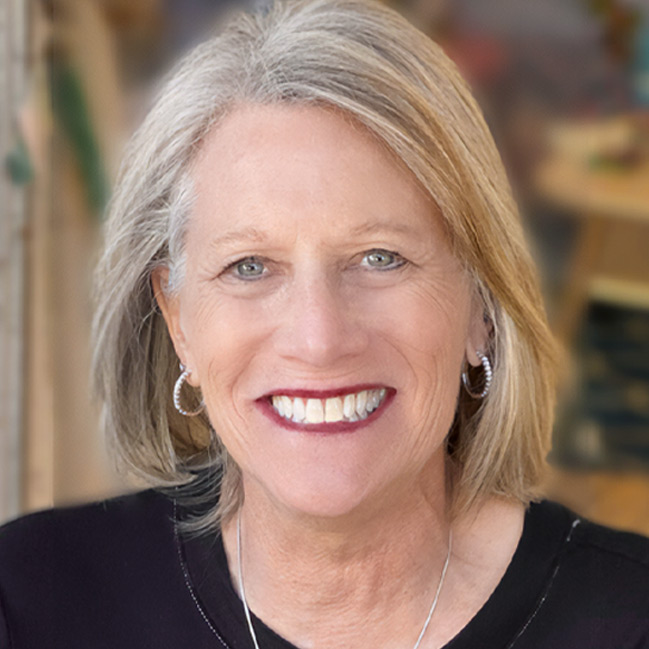
GWLA’s President & Founder, Casey Weitzman, MA, LMFT, comments:
Non-binary people account for (roughly) 20% of my clients. Unique to non-binary folks are challenges related to employment and family support, as detailed in The Williams Institute brief. The day-to-day, week-to-week pitfalls they face are often related to parents not understanding they/them pronouns. When consulting with parents of non-binary adolescents, I encourage them to hang in there. It just takes a little time and patience to completely understand. The more one spends time with the person, the more it makes sense. You’re going to make mistakes with names and pronouns until you get it right. Really “trying” goes a long way between kids and their parents. Pay attention, ask questions and be open and willing to change. I’ve witnessed so much fear, love and patience with these families. We have seen great progress in impossible situations, witnessing extraordinary growth amid the pain and despair.
My non-binary clients have taught me to expand my understanding of gender even more. I try not to make assumptions about gender, regularly checking in with them about their preference of pronouns, as it may shift over time. There is so much pressure to conform to this binary world. To witness their growth while gaining strength to NOT succumb to those pressures is awe-inspiring.”
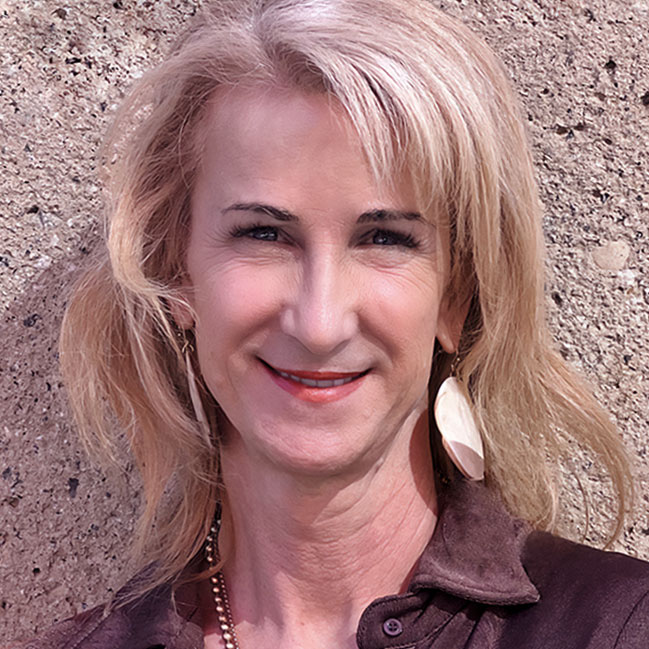
GWLA’s Grace O’Connor, MA, LMFT, comments:
It does not surprise me that 1.2 million people living in the U.S. identify as non-binary. Also, it’s important to remember that’s “reported” persons. I imagine the number is much higher. In many states and cities throughout the United States, there are no systems of support for non-binary persons. The pushback on gender diversity has taken on a whole new dimension in the last few years including restrictions on affirmative care to Trans and non-binary youth. There exists a profound lack of understanding of the non-binary experience. Non-binary folks consistently enter systems that are not set up to accommodate them.
Some of my non-binary clients, when first coming out, express a desire to be Transmale or Transfemale because it would be easier for their family to understand she-her/he-him pronouns as opposed to they/them ones. So there are additional challenges for the non-binary identified person. Additionally, I think it’s imperative to remind everyone that each non-binary person’s experience of transition is going to look different. There is no absolute template that exists for the transition experience. As a clinician, it is my job to meet my clients where they are and assist them in becoming the best versions of themselves. Lastly, I want to express my gratitude to all the non-binary clients that I have had the pleasure to work with. They have taught me so much about myself and what it means to live life authentically.”


Connect with GWLA